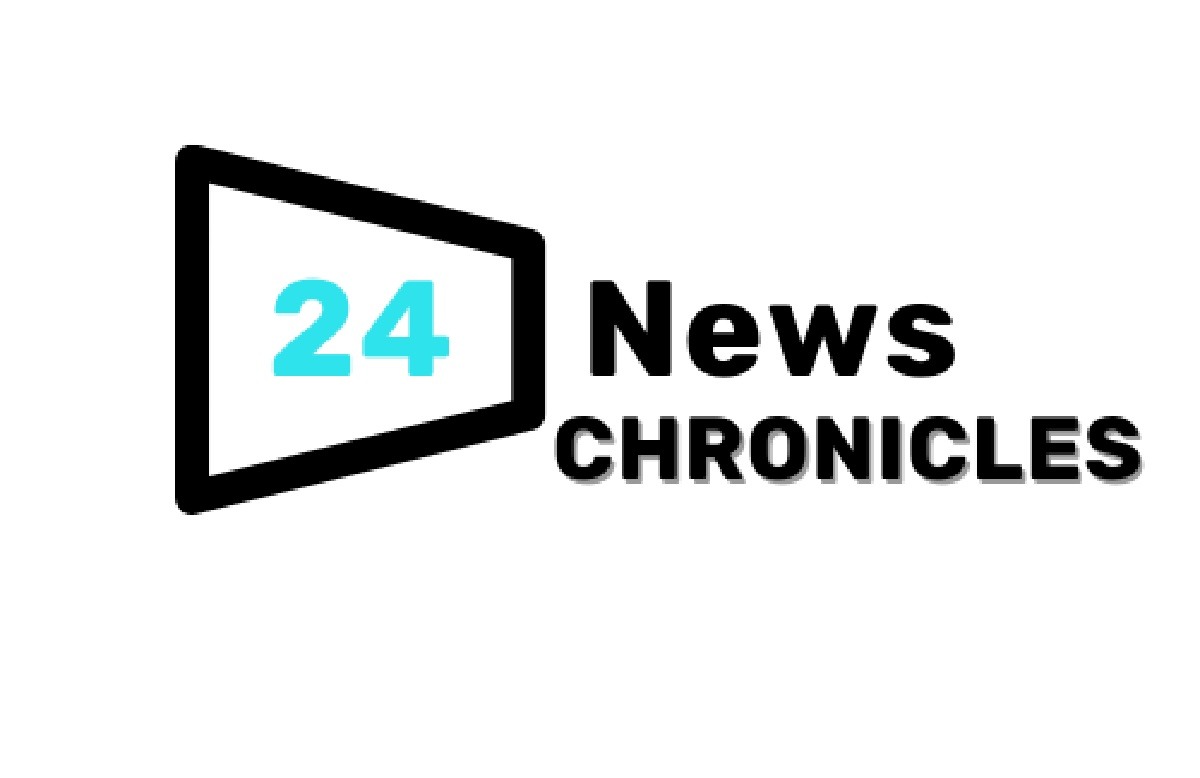In the digital age, community management has evolved from a simple engagement strategy to a dynamic and essential component of brand success. Brands no longer just broadcast messages; they foster relationships, build communities, and create spaces for meaningful interactions. To navigate this complex landscape effectively, businesses are turning to community management platforms to streamline their efforts and maximize impact. In this blog post, we’ll explore the ins and outs of leveraging community management platforms to achieve maximum results.
Understanding the Role of Community Management
Before delving into the use of platforms, it’s crucial to understand the significance of community management. In essence, it involves building, growing, and sustaining online communities around a brand, product, or shared interest. A well-managed community can be a powerful asset, driving brand loyalty, customer retention, and even acting as a catalyst for organic growth through word-of-mouth marketing.
Effective community management involves moderating discussions, addressing concerns, fostering positive interactions, and creating a space where community members feel valued and heard. This is where community management platforms come into play, offering tools and features designed to simplify and enhance these processes.
Choosing the Right Community Management Platform
The first step in leveraging community management platforms for maximum impact is selecting the right one for your specific needs. There are various platforms available, each catering to different scales, industries, and functionalities. Consider factors such as the size of your community, the platforms your audience frequents, and the features you require.
Some popular community management platforms include:
- Discord: Ideal for gaming communities and niche interests, Discord offers real-time communication, voice channels, and moderation tools.
- Facebook Groups: Perfect for brands with a strong presence on Facebook, groups provide a familiar space for users to connect, share, and engage.
- Reddit: An expansive platform with a multitude of subreddits, catering to a wide range of interests. Ideal for brands looking to tap into existing communities.
- InVision Community: Tailored for businesses, this platform provides tools for customer support, feedback collection, and building a branded community space.
- Mighty Networks: Offering a customizable community experience, Mighty Networks is suitable for brands looking to create a unique space with integrated features.
Choose a platform that aligns with your brand’s goals and the preferences of your target audience. It’s not about being on every platform; it’s about being on the right ones for your community.
Fostering Engagement and Interaction
Once you’ve selected a platform, the next step is to leverage its features to foster engagement and interaction. Communities thrive on meaningful connections, and the right platform can facilitate this in various ways:
- Discussion Threads: Encourage conversations by creating relevant discussion threads. Pose questions, share insights, and actively participate to stimulate engagement.
- Polls and Surveys: Use built-in features to gather feedback from your community. This not only shows that you value their opinions but also provides valuable insights for your brand.
- Exclusive Content: Reward community members with exclusive content, early access to products, or special promotions. This creates a sense of exclusivity and strengthens loyalty.
- Events and Webinars: Host live events, webinars, or Q&A sessions within the platform. This adds a personal touch and allows community members to interact directly with your brand.
Implementing Effective Moderation
Community management platforms come equipped with moderation tools to maintain a positive and respectful environment. Establish clear community guidelines, and actively enforce them to ensure a safe space for all members. Key moderation practices include:
- Active Monitoring: Regularly check discussions and address any inappropriate content promptly.
- Community Guidelines: Clearly communicate community guidelines, and ensure that members are aware of the expectations for respectful behavior.
- Moderator Engagement: Actively participate in discussions as a moderator. This not only helps maintain order but also humanizes your brand.
- User Reporting System: Implement a user-friendly reporting system for community members to flag inappropriate content or behavior.
Utilizing Analytics for Insights
Most community management platforms provide analytics tools to track the performance of your community. Leverage these insights to refine your strategies and understand what resonates with your audience. Key metrics to monitor include:
- Engagement Rates: Track likes, comments, and shares to gauge the level of community involvement.
- Membership Growth: Monitor the growth of your community over time to assess its popularity and appeal.
- Popular Content: Identify the type of content that receives the most engagement, helping you tailor your future posts.
- Member Demographics: Understand the demographics of your community to tailor your content and engagement strategies.
Encouraging User-Generated Content
One of the most potent ways to maximize the impact of your community is by encouraging user-generated content (UGC). When community members contribute content, whether it’s testimonials, reviews, or creative works, they become brand advocates. Leverage UGC by:
- Showcasing Member Contributions: Highlight user-generated content on your platform, website, or other marketing channels to showcase the community’s creativity.
- Contests and Challenges: Organize contests or challenges that encourage members to create and share content. This not only fosters engagement but also generates a pool of UGC.
- Acknowledging Contributors: Regularly acknowledge and thank members who contribute content. This recognition reinforces a sense of community and belonging.
Building a Knowledge Base
Community management platforms often allow for the creation of a knowledge base – a repository of information, FAQs, and resources that benefit both the brand and its community members. This can serve as a valuable self-help resource, reducing the burden on customer support teams and empowering community members to find answers independently.
Regularly update the knowledge base with relevant information, addressing common questions and concerns. This proactive approach enhances the user experience and demonstrates a commitment to providing valuable resources for your community.
Conclusion
Community management software are invaluable tools for brands looking to build, nurture, and leverage online communities. When chosen thoughtfully and utilized strategically, these platforms can transform your brand’s online presence, fostering loyalty, engagement, and advocacy.
Remember, it’s not just about having a community; it’s about actively managing and maximizing its impact. By fostering engagement, implementing effective moderation, utilizing analytics, encouraging user-generated content, and building a knowledge base, you can unlock the full potential of your brand’s community. Embrace the power of community management platforms, and watch as your brand flourishes in the interconnected world of online communities.




